At 18:51 on October 14, 2021, China sent its first solar exploration satellite, the APSCO Student Small Satellite (APSCO-SSS-1), into space from the Taiyuan Satellite Launch Center in north China’s Shanxi Province. The satellite was launched aboard a Long March-2D rocket and entered its planned orbit successfully.
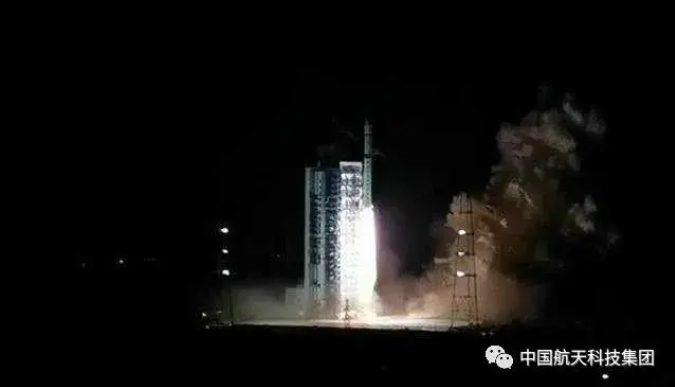
APSCO-SSS-1 is the first 30kg class micro-satellite in China that adopts Chinese space project management process and specification, which is jointly developed by students from both domestic and abroad. Teachers and students from Beihang University are responsible for the design and development of its system. It is also the main satellite of the APSCO-SSS Project led by Beihang University.

The APSCO-SSS Project is the first major international project of Asia-Pacific Space Cooperation Organization (APSCO). Officially approved by the APSCO Council in 2015, the launch ceremony of the project was held in 2016, where Beihang University was appointed as the Leading University. The project aims to promote the development and application of small satellite technology in universities of APSCO member states, cultivate talents in space technology and application, and promote the exchange and cooperation of APSCO member states in the field of space technology and application.
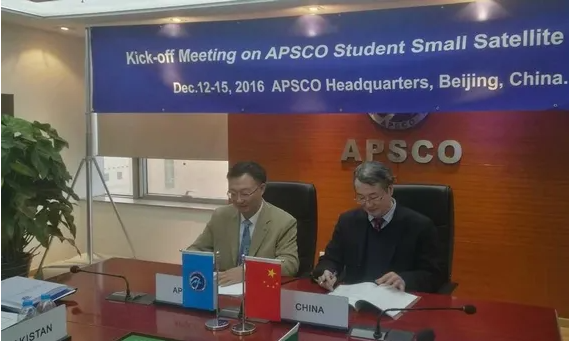
In December 2016, the kick-off meeting of the project was held at the headquarters of APSCO. Huang Haijun, Vice President of Beihang University, signed a contract with APSCO Secretary General on behalf of Beihang as the Leading University.
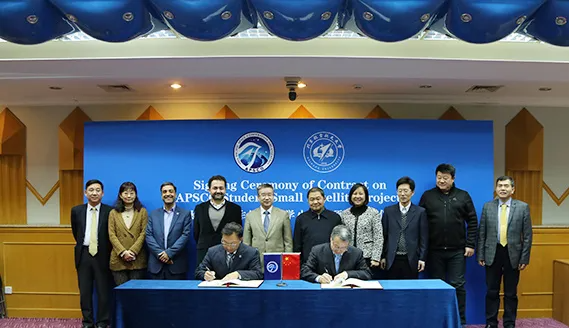
In January 2017, Beihang and the Asia-Pacific Space Cooperation Organization (APSCO) signed the APSCO Student Small Satellite project.

Since the project was established in 2016, Beihang has always attached great importance to it, established a special leading group, built corresponding supporting facilities, and set up two command systems to carry out the work. With the school of Astronautics and the International School being the main forces, the School of Computer Science and Engineering, the School of Instrumentation Science and Opto-electronic Engineering as well as a number of other units took an active part in the development of the satellite to ensure the coordinated development of the small satellite and talent training. Over 10 teachers and 100 students have participated in this process.
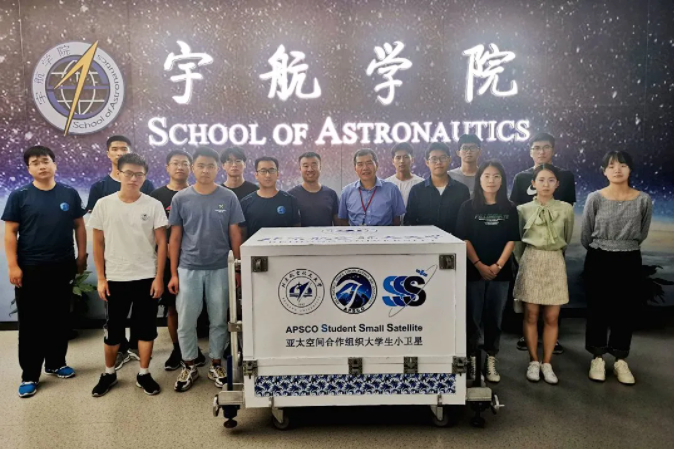
Based on this project, Beihang has set up 2 series of 12 professional experiments and 3 undergraduate courses, independently developed visual teaching materials, and published more than 10 supporting textbooks and handouts in both Chinese and English. Students involved in this project have published 42 academic papers in top journals and international conferences. The project has also cultivated 49 graduate students domestically, 80% of whom have entered the aerospace sector.
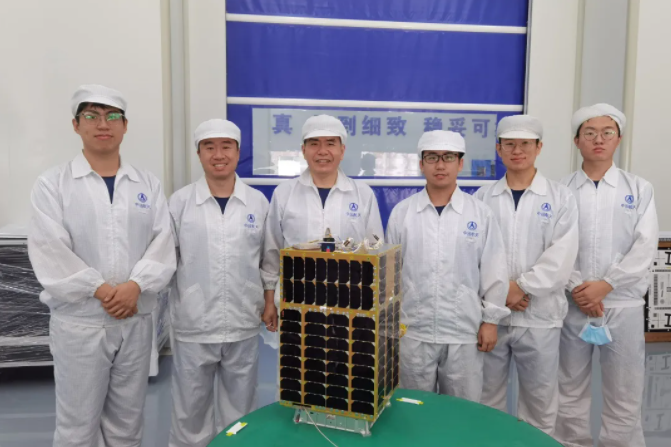

It is reported that for a long time, Beihang has focused on the integrated training of multi-level talents in international aerospace. With the help of major international cooperation projects, Beihang has innovated in the cultivation of international talents for the integration of small satellite technologies.
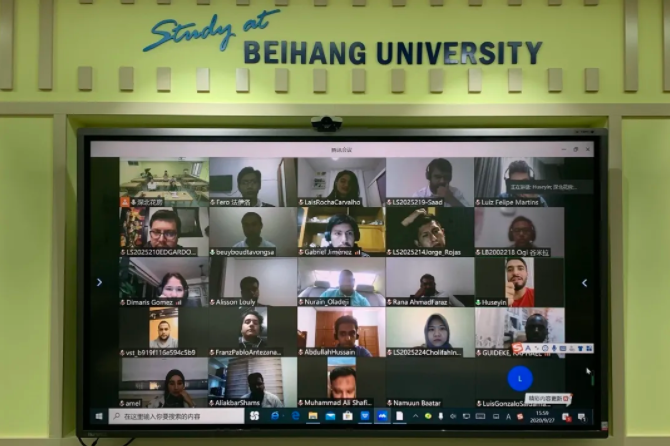
In 2014, Beihang University established an international graduate program in small satellite technology, and has so far trained 6 sessions of 78 international graduate students in small satellite technology for 13 countries, most of whom have become technical backbones or industry supervisors of small satellite-related departments in their countries.
When the satellite was being launched, there were also a group of Beihangers who stayed on campus to keep an eye on the screen in front of them. They were responsible for observing the satellite dynamics in real time, receiving satellite data, and sending instructions to the satellite. They were located at the APSCO-SSS Ground Measurement, Control and Command Center. The center, completed in 2018 at Beihang, is able to connect the member countries of APSCO.
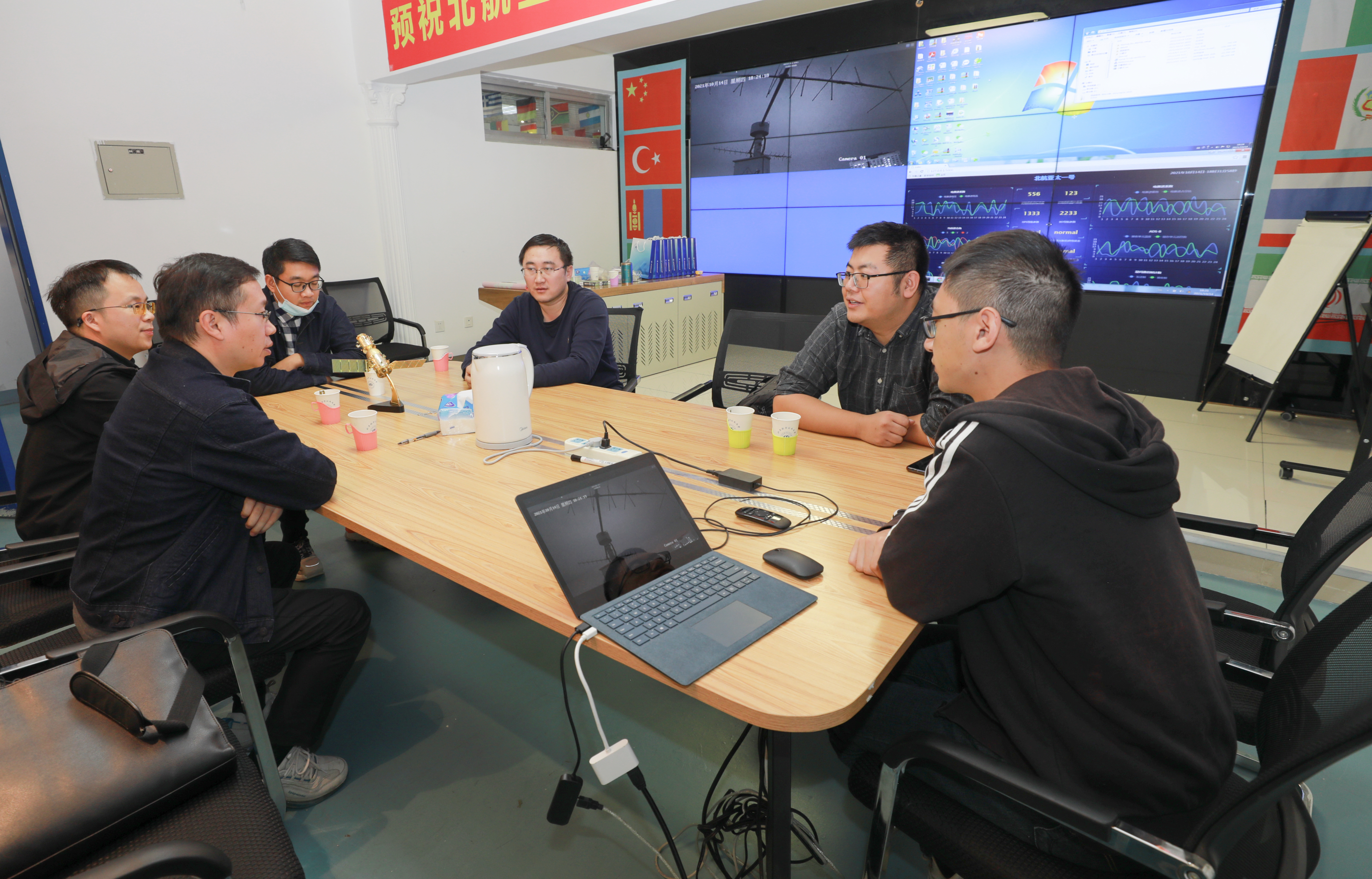
In the future, member states will build corresponding ground stations to receive, demodulate and decode satellite signals in accordance with the communication system and satellite-to-ground agreement of the APSCO-SSS Project. With the assistance of Beihang University, ground stations of various countries will join the existing satellite ground station network, so as to build a university ground station measurement and control network, realize resource sharing, and maximize the duration of satellite measurement and control. Ground networking and interconnection will also continue to serve education and teaching.
Reported by Wang Qing and Li Mingzhi
Photographed by Song Chao and Di Bailu
Reviewed by Li Jianwei
Edited by Jia Aiping
Translated by Wen Peiyu

